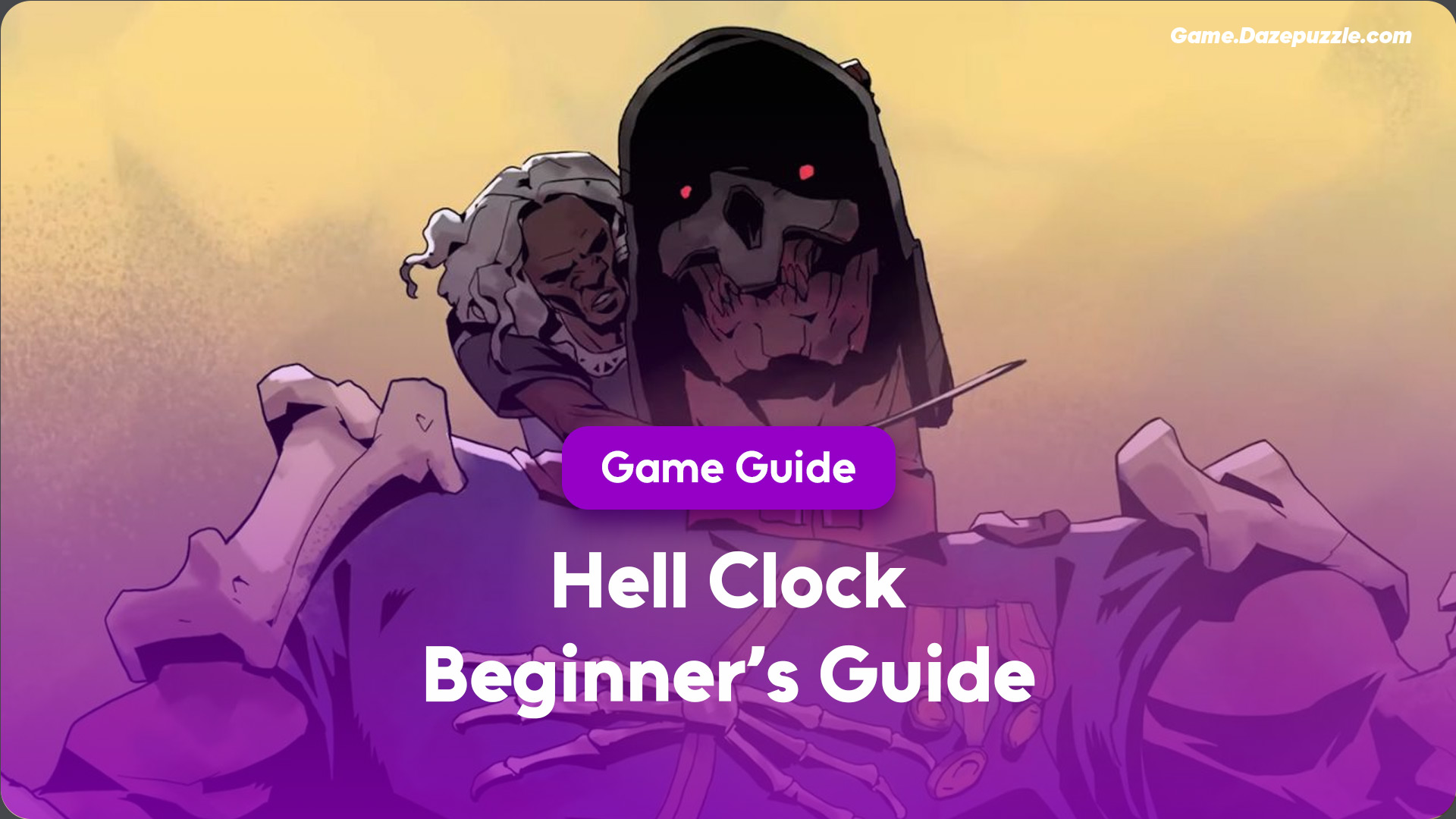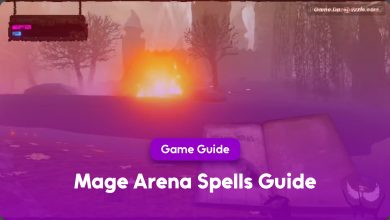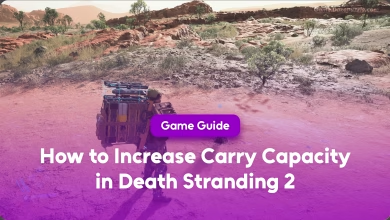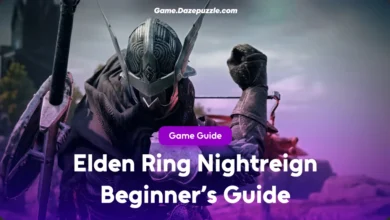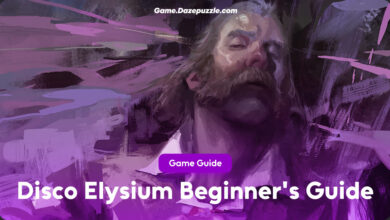The first thing you’ll notice in Hell Clock isn’t the stunning art or the fluid combat. It’s the timer. That relentless, seven minute countdown is your constant companion, a source of pressure that defines every choice you make. This game doesn’t just ask you to kill monsters; it asks you to defy time itself. But what feels like a cruel restriction at first is actually the game’s greatest teacher. Learning to master that clock is the key to mastering the game, and this Hell Clock beginner’s guide is your first step toward bending time to your will.
This guide is designed to get you through the crucial early hours, transforming you from a frantic survivor into a calculated warrior. We’ll break down the core mechanics, prioritize your permanent upgrades, and give you the essential strategies to conquer your first major roadblock and truly begin your journey.
What’s in our Hell Clock Beginner’s Guide?
The Core Loop: Death, Currency, and Time
Hell Clock is a roguelite, which means you are expected to die. A lot. But every death is an opportunity to grow stronger. The core gameplay loop is simple: dive into the depths, kill as much as you can, collect resources, die, and spend those resources to become more powerful for your next attempt. This cycle is the heart of the game, turning each failure into a valuable lesson.
The two main currencies you’ll be managing are Gold and Soul Stones. Gold is a temporary currency you find during a run by killing enemies and opening chests. You spend it on temporary power ups called Blessings. Use it or lose it, because all your gold vanishes when you die. It’s meant for in the moment decisions that might help you survive just one more room.
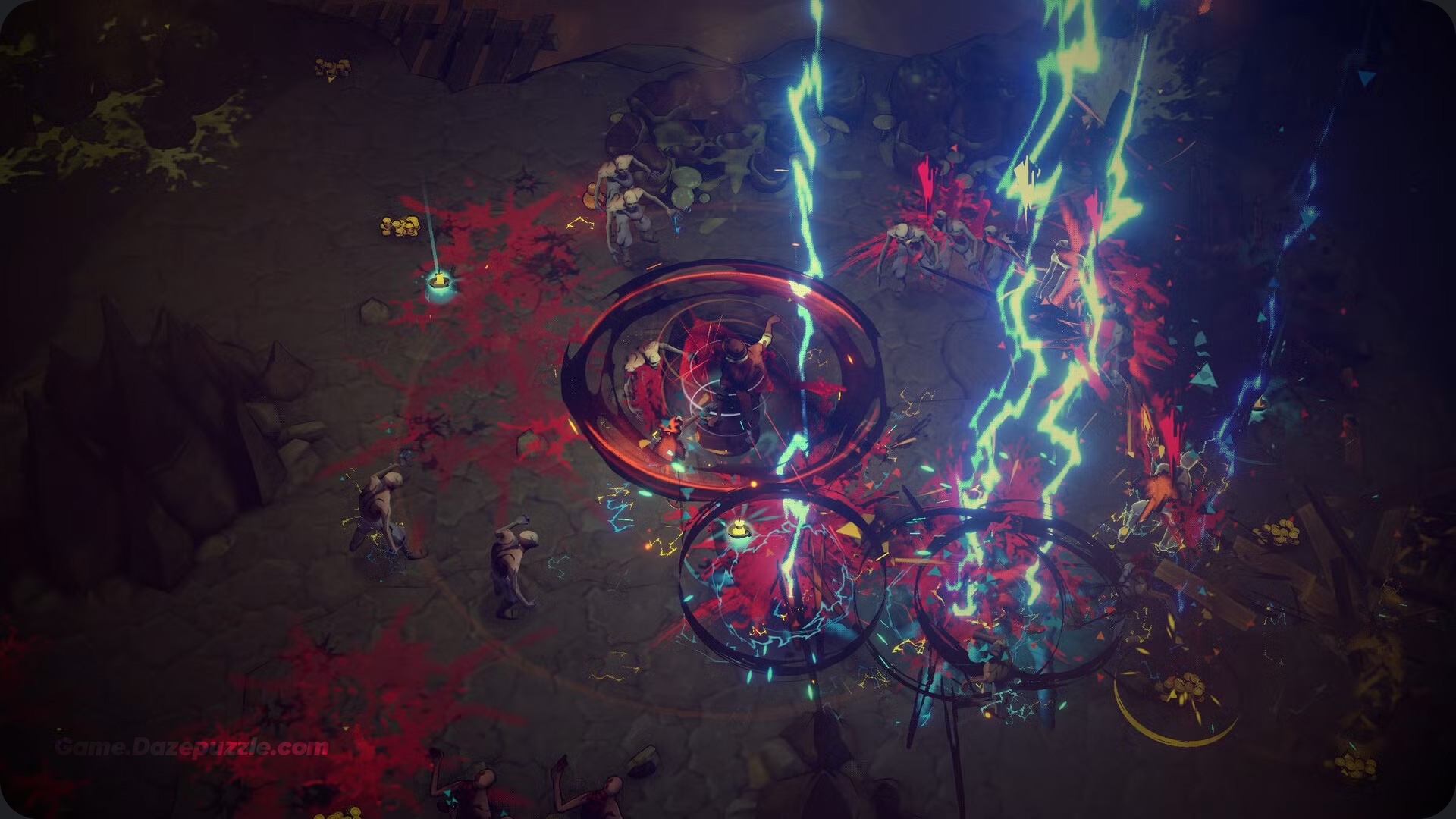
Soul Stones are the real prize. These purple crystals, dropped primarily by elite enemies and bosses, are your permanent currency. You keep them after death and use them back at your home base to unlock permanent upgrades that make every future run easier. Think of them as your legacy. While your body may fall, the knowledge and power you send back to the hub through Soul Stones will pave the way for your next, stronger self. Your main goal in the early game is to farm as many Soul Stones as possible.
Your Home Base: Forging a Permanent Legacy
The hub world is where you turn failure into progress. Your top priority here should be spending your hard earned Soul Stones at The Great Bell, which is the game’s permanent skill tree. With so many options, it can be overwhelming to know where to start. To maximize your early game power, focus your initial investments here:
- Survivability First: Before you worry about damage, you need to be able to take a hit. More health from Base Life means more mistakes you can afford to make while learning an enemy’s attack patterns. More Resistances mean a surprise hit won’t instantly end your run. The Second Wind upgrade, which gives you a one time revive per run, is the ultimate safety net, turning a fatal error into a second chance to clutch the fight.
- Buy More Time: The clock is your biggest enemy, so fight back. Look for the nodes that add a flat 30 or 120 seconds to your starting timer. This is one of the most impactful upgrades you can buy, as it directly translates to more rooms cleared, more gold earned, and more chances to find powerful items.
- Work Smarter, Not Harder: Upgrades that increase the chance for Red Portals to appear are incredibly valuable. These portals let you skip entire floors, pushing you further, faster, and saving precious seconds for the more challenging later stages.
Another critical station is the Reliquary. Relics are powerful items you find during your runs that offer passive bonuses and, more importantly, fundamentally change how your skills work. Once you find a Relic, it’s unlocked forever. Between runs, you can equip your unlocked Relics in the Reliquary to start your next attempt with a significant advantage. For example, you might find a Relic that makes your basic Repeater shots explode on impact, transforming a single target skill into a crowd clearing tool. Don’t be afraid to build your entire strategy around a single powerful Relic you find.
Combat and Building Your Character
Combat in Hell Clock is fast and fluid, demanding constant movement. Your dash is your best friend. A crucial tip for new players is to go into the options menu and turn off “Should Walk To Skill Range.” By default, this causes your character to automatically move toward a target if you use a skill out of range. Imagine targeting a distant enemy, only for your character to path directly through a poison puddle to get there. Disabling this gives you precise control, which is essential for survival.
While you’ll unlock many skills, the community has found three build archetypes that are particularly effective for new players due to their power and simplicity.
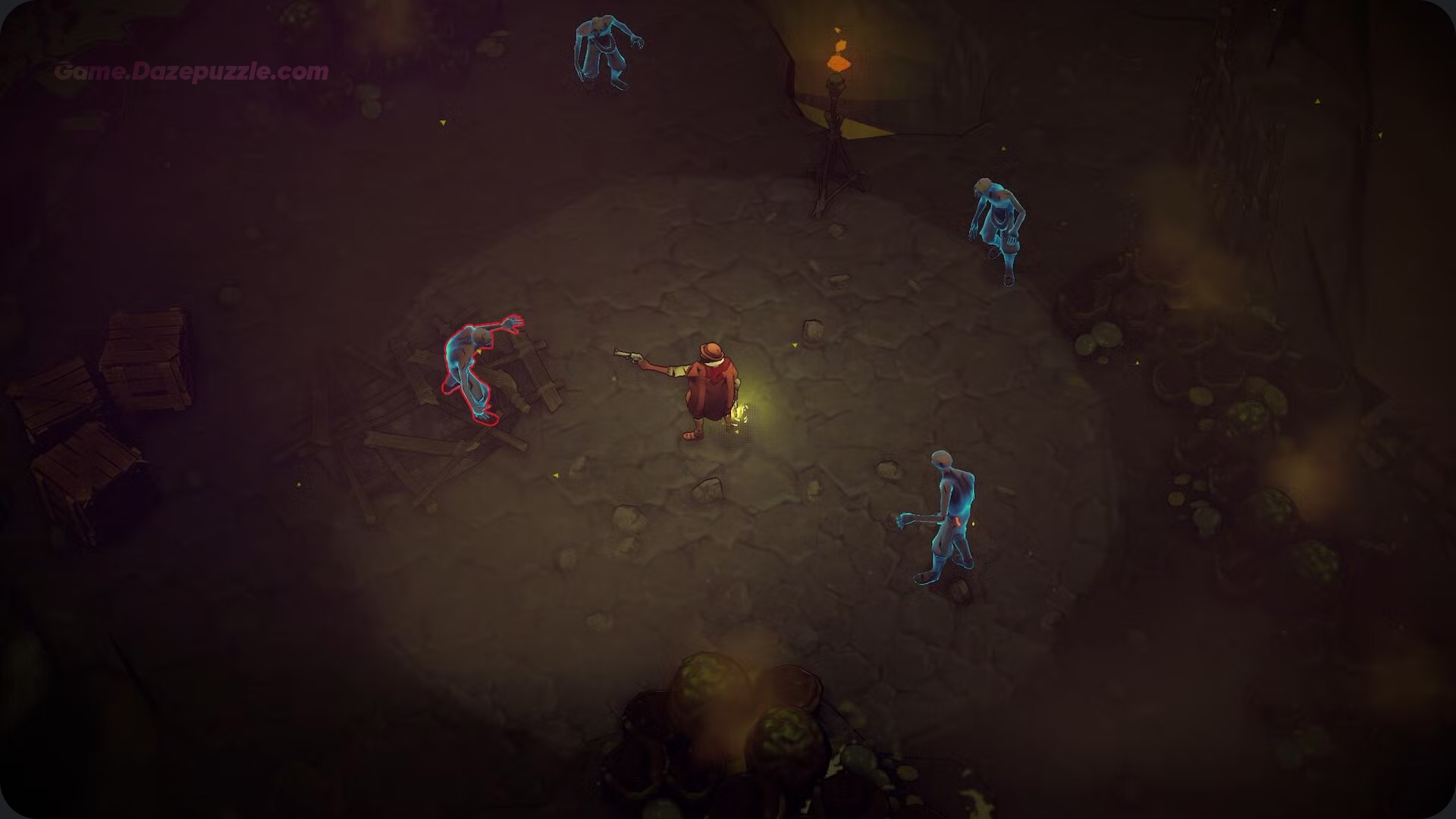
The “Whirlwind” build, using the Dual Knives skill, is a high mobility melee style where you spin through hordes of enemies. It’s an aggressive, high risk, high reward playstyle. You’ll be in the thick of it, but the payoff is immense damage to everything around you. Look for Relics that boost your movement speed and add effects like lifesteal to keep you alive.
The “Repeater” build focuses on Pajeú’s trusty sidearm. This is a flexible ranged build whose power comes from Relics that convert its damage to an element like fire or lightning. Your greatest strength is positioning. You can whittle down even the toughest foes from across the screen, as long as you stay mobile and keep them at arm’s length.
Finally, the “Minion” build offers a safer, more passive playstyle. You’ll use summoning skills to call creatures to fight for you while you focus on dodging and supporting them. Your role shifts to that of a battlefield commander, directing your forces and drawing enemy fire away from them so they can do their work.
Overcoming Your First Great Wall: The Head Cutter
You will eventually face the boss of the first act, the Head Cutter. For many, this fight feels like hitting a brick wall. You might clear the floors leading up to him with ease, only to find your attacks barely scratch his massive health bar. This is not a bug, and you’re not necessarily playing badly.
The Head Cutter is a deliberately designed progression gate. That feeling of your attacks doing “chip damage” is the game’s way of telling you to re-evaluate your strategy. It’s not about hitting the boss harder in that moment; it’s about returning to the hub and becoming harder to kill, earning the right to do more damage through permanent upgrades. If you are struggling with this boss, the correct strategy is to stop trying to beat him. Instead, intentionally farm the first act for Soul Stones. Go back to the Great Bell, invest in your survivability and damage, upgrade your favorite Relics, and then return. This fight is won in the hub, not just in the arena.
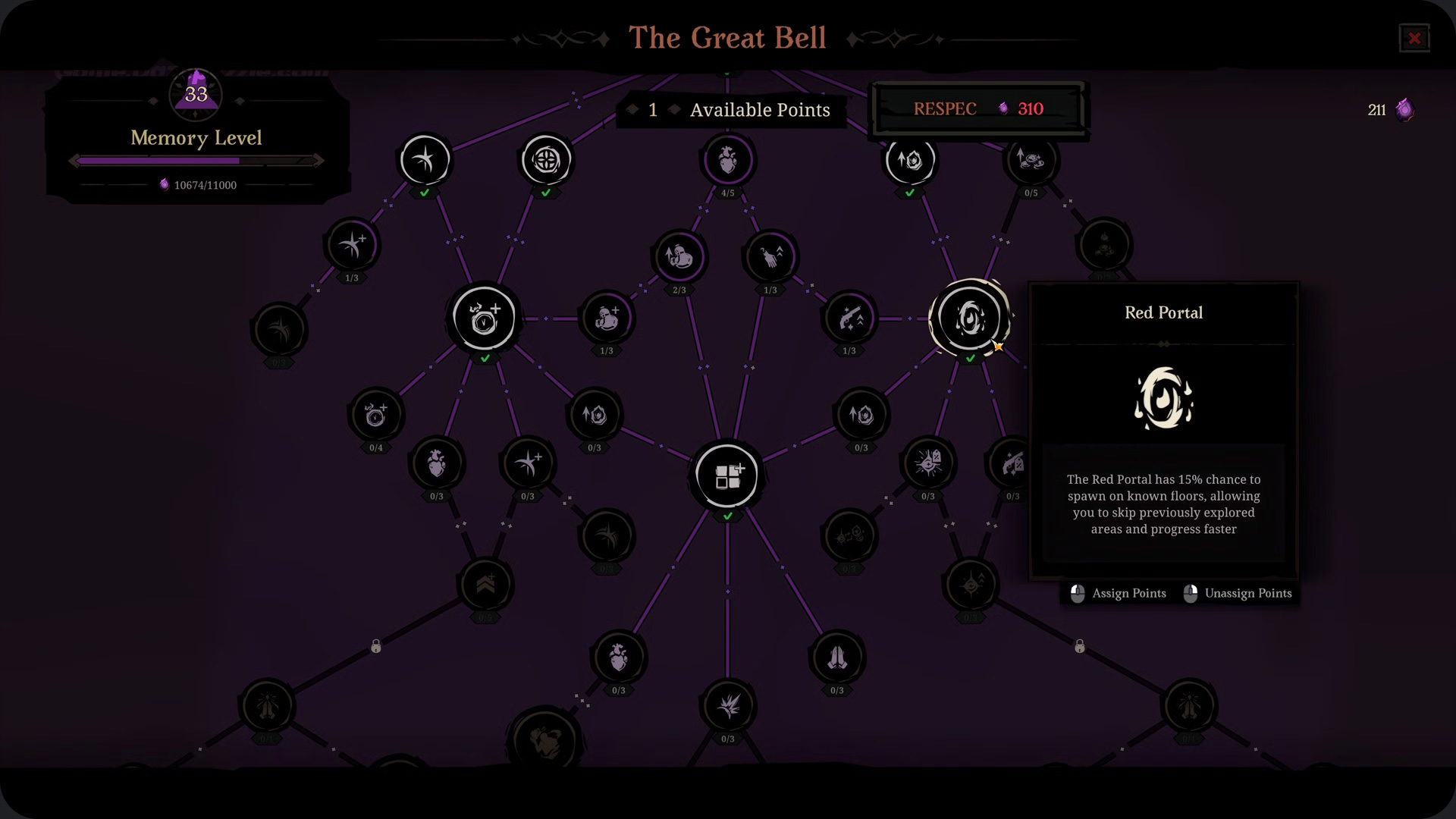
Once you are properly geared, the fight itself is about patience. Learn his telegraphed attacks, especially his jump slam that leaves a damaging pool on the ground. Since the timer stops during boss fights, take your time, prioritize dodging, and chip away at his health. You’ll find the fight is less about perfect execution and more about having the raw stats to withstand his assault while you calmly learn his patterns.
With these fundamentals in hand, you’re ready to start your journey. Embrace death, invest wisely, and remember that the clock is just another enemy to be conquered. The depths are vast, and the clock never truly stops, but now you have the tools to fight back. Good luck, Clockmaker.
Thanks for keeping up with Game.Dazepuzzle.com

